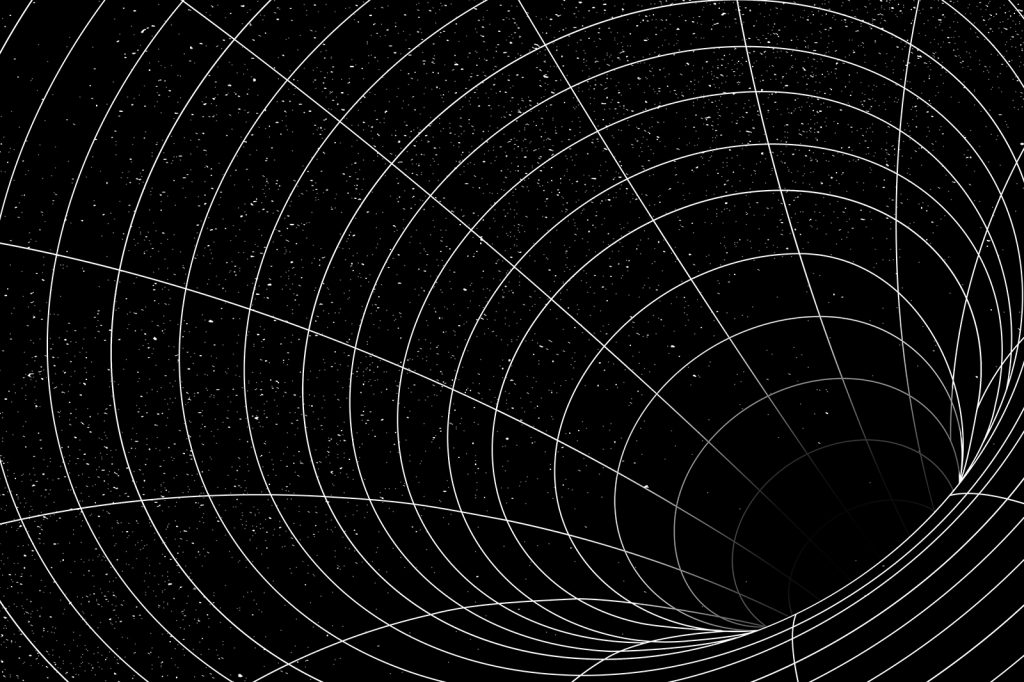Introduction
In the world of design, achieving visual harmony and aesthetic balance is paramount. One timeless principle that has guided designers for centuries is the Golden Ratio, a mathematical concept that transcends disciplines and brings a sense of proportion and balance to creative works. In this blog, we’ll delve into the captivating world of the Golden Ratio, exploring its origins, applications, and how designers can harness its power to create visually captivating and harmonious designs.
Understanding the Golden Ratio
The Golden Ratio, often denoted by the Greek letter φ (phi), is a mathematical constant approximately equal to 1.6180339887. This ratio is a proportion that has been found in various natural phenomena, architecture, and art across cultures and centuries. It’s the ratio between two quantities where the ratio of the sum of the quantities to the larger quantity is the same as the ratio of the larger quantity to the smaller one.
Historical Significance
The concept of the Golden Ratio dates back to ancient civilizations, where it was discovered and utilized in architecture, art, and design. The Parthenon in Athens, Leonardo da Vinci’s “Vitruvian Man,” and even the spirals of seashells all exhibit elements of the Golden Ratio. Its prevalence in nature and art led to its recognition as a universal principle of beauty and balance.
Applications in Design
- Layout Composition: Designers can use the Golden Ratio to establish balanced proportions within layouts. By dividing a canvas or layout using the Golden Ratio, elements can be placed at key intersections or sections, creating a visually pleasing composition.
- Typography: Applying the Golden Ratio to typography involves determining the ideal line height, font size, and margins. This ensures that text is comfortable to read and visually appealing.
- Logo Design: Many iconic logos incorporate the Golden Ratio, leading to a harmonious and memorable brand identity. By aligning elements according to this ratio, designers create logos that resonate with viewers.
- Image Cropping and Framing: When selecting focal points in images, the Golden Ratio can guide cropping and framing decisions. Placing subjects or points of interest along the lines or intersections can enhance the image’s visual appeal.
- Web Design: The Golden Ratio can guide the placement of content, images, and whitespace in web design, resulting in websites that are both visually appealing and user-friendly.
Implementing the Golden Ratio
To implement the Golden Ratio, designers can follow these steps:
- Identify Key Elements: Determine the main elements in your design that require proportion adjustments.
- Calculate Ratios: Calculate the dimensions or positions based on the Golden Ratio formula (a + b / a = a / b).
- Apply to Layout: Adjust the layout, typography, or design elements according to the calculated ratios, aligning them with the key intersections or sections.
Conclusion
The Golden Ratio remains a timeless guide for designers seeking to create visually captivating and harmonious works. Its prevalence in nature and art underscores its universal appeal, making it an essential tool in the designer’s toolkit. By embracing the Golden Ratio’s principles, designers can infuse their creations with a sense of proportion and balance that resonates with audiences across cultures and time. So, the next time you embark on a design journey, consider the magic of the Golden Ratio as your compass to aesthetic excellence.
If you have any query for us reach out to parul@prographic.in and visit our portfolio for designing services.




